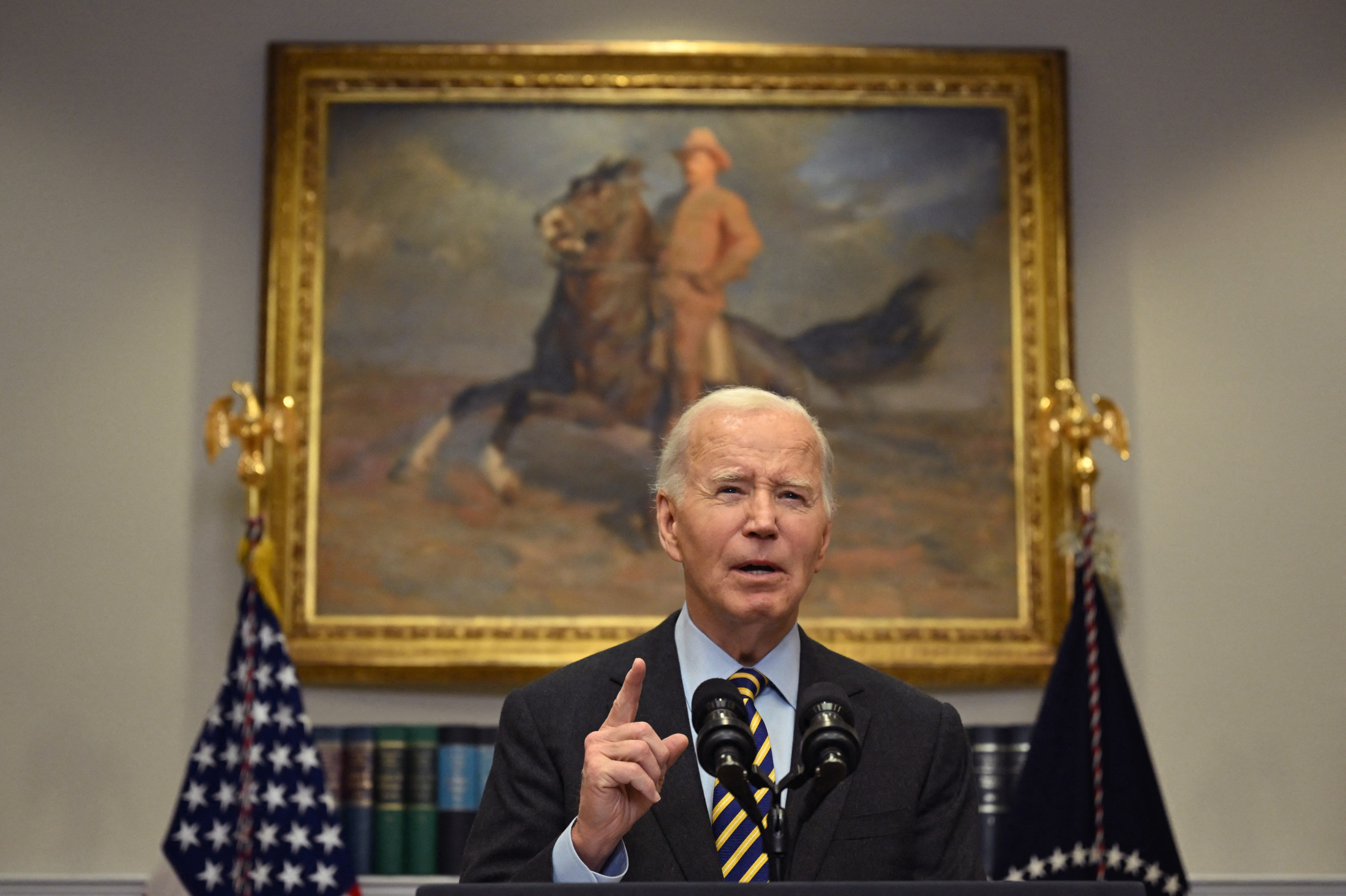The Parker Solar Probe is gearing up for a final swing past Venus on November 6, which will nudge it into an extremely tight orbit around our sun.
Once it reaches its final position around our star on December 24, the probe will be the closest any human-made object has ever been to the sun, at 3.86 million miles above its surface.
While that sounds like a huge distance, it is actually very close on a solar system scale: The closest planet to the sun, Mercury, orbits at about 41 million miles away.
How Close Will the Parker Solar Probe Get to the Sun?
The previous record was set in 2023, also by Parker, when it passed 4.51 million miles from the sun, breaking its own prior record from 2018 of 26.55 million miles. Before that, the record was held by the Helios 2 spacecraft, which came about 27 million miles from the sun in 1976.

"We are basically almost landing on a star," Nour Raouafi, an astrophysicist at the Johns Hopkins University Applied Physics Laboratory and project scientist for the Parker Solar Probe mission, told BBC News last December. "This will be a monumental achievement for all humanity. This is equivalent to the moon landing of 1969."
What Is the Parker Solar Probe's Speed?
Once it enters into its orbit around the sun on Christmas Eve, Parker—which is around the size of a small car—is estimated to be traveling at around 430,000 miles per hour, according to NASA. The probe is currently traveling at 33,000 mph, NASA's JPL said on their site.
The Parker Probe will use Venus as a gravity assist today, skimming past the planet's surface at a distance of 233 miles and slingshotting away toward the sun. When a spacecraft approaches a planet, it falls into the planet's gravitational pull, gaining speed as it gets closer. As the spacecraft swings around the planet, it essentially "borrows" some of its orbital momentum, gaining a new trajectory and increased speed relative to the sun, allowing it to travel faster or adjust its direction without using extra fuel.
This is the probe's seventh and final close swing by Venus, which has allowed the Parker to spy on the planet's sweltering surface using its Wide-Field Imager for Parker Solar Probe, or WISPR instrument.
Can you spot Venus in the evening sky? If you do on Nov. 6, you’ll also be looking right at NASA’s Parker Solar Probe! 🛰️
On Wednesday, Parker makes its final Venus flyby, setting it up for its closest pass of the Sun on Dec. 24: https://t.co/VTG90FsoRt pic.twitter.com/pA0JHsQMZZ
"The WISPR cameras can see through the clouds to the surface of Venus, which glows in the near-infrared because it's so hot," Noam Izenberg, a space scientist at the Johns Hopkins Applied Physics Laboratory in Laurel, Maryland, said in a NASA statement.
This final flyby is hoped to reveal more details about the scorching-hot planet, which sees its surface reach temperatures of up to 870 degrees Fahrenheit.
"Because it flies over a number of similar and different landforms than the previous Venus flybys, the Nov. 6 flyby will give us more context to evaluate whether WISPR can help us distinguish physical or even chemical properties of Venus' surface," Izenberg said.
This mission, which was launched by NASA in 2018, hopes to study the secrets of the sun's activity once it enters into its intimate dance with the star. Named after solar astrophysicist Eugene Parker, who pioneered the theory of solar wind, this probe is the first spacecraft to "touch" the sun, entering its outer atmosphere to gather unprecedented data.
"In this hyper-close regime, Parker will cut through plumes of plasma still connected to the sun. It is close enough to pass inside a solar eruption, like a surfer diving under a crashing ocean wave," NASA said.
When the probe arrives in orbit on December 24, it will be out of contact with mission control for around three days. On December 27, Parker will hopefully send a beacon tone to confirm its successful entry into orbit and the health of the spacecraft.
"This is a major engineering accomplishment," Adam Szabo, project scientist for Parker Solar Probe at NASA's Goddard Space Flight Center in Greenbelt, Maryland, said in the NASA statement.
Do you have a tip on a science story that Newsweek should be covering? Do you have a question about the Parker probe? Let us know via science@newsweek.com.




















 English (US) ·
English (US) ·